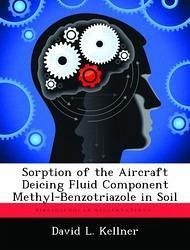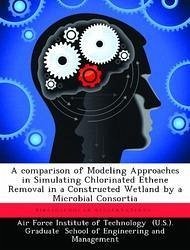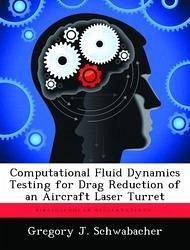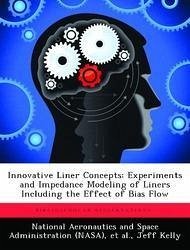
Modeling of Aircraft Deicing Fluid Induced Biochemical Oxygen Demand in Subsurface-Flow Constructed Treatment Wetlands
Versandkostenfrei!
Nicht lieferbar
Aircraft deicing is vital to safe operation in cold weather environments. Unfortunately, release of glycol-based aircraft deicing fluids (ADF) to waterways adjacent to airfields poses a significant environmental threat. The deicing fluids used at DoD airfields impart a high biochemical oxygen demand (BOD) when they enter waterways. The currently accepted conventional treatment is collection and transport of ADF-laden storm water to a publicly owned treatment works. The volume and BOD concentrations in the storm water often make this type of treatment impractical. Subsurface flow constructed tr...
Aircraft deicing is vital to safe operation in cold weather environments. Unfortunately, release of glycol-based aircraft deicing fluids (ADF) to waterways adjacent to airfields poses a significant environmental threat. The deicing fluids used at DoD airfields impart a high biochemical oxygen demand (BOD) when they enter waterways. The currently accepted conventional treatment is collection and transport of ADF-laden storm water to a publicly owned treatment works. The volume and BOD concentrations in the storm water often make this type of treatment impractical. Subsurface flow constructed treatment wetlands have been demonstrated to be effective in attenuating ADF-induced BOD. The models currently used to design and model these types of wetlands focus on simple input-output relationships and do not take underlying processes into account. This study explores the use of a system dynamics modeling method as the basis for a useful design and management tool. The model focuses on simulating storm water flow between defined sections of the wetland and microbial kinetics in each section. Microbial utilization of substrates leads to attenuation in well designed wetlands. This work has been selected by scholars as being culturally important, and is part of the knowledge base of civilization as we know it. This work was reproduced from the original artifact, and remains as true to the original work as possible. Therefore, you will see the original copyright references, library stamps (as most of these works have been housed in our most important libraries around the world), and other notations in the work. This work is in the public domain in the United States of America, and possibly other nations. Within the United States, you may freely copy and distribute this work, as no entity (individual or corporate) has a copyright on the body of the work. As a reproduction of a historical artifact, this work may contain missing or blurred pages, poor pictures, errant marks, etc. Scholars believe, and we concur, that this work is important enough to be preserved, reproduced, and made generally available to the public. We appreciate your support of the preservation process, and thank you for being an important part of keeping this knowledge alive and relevant.














